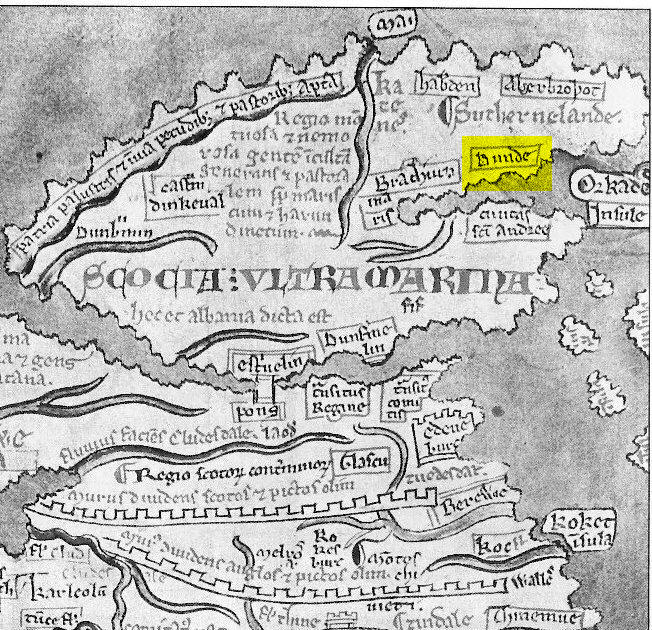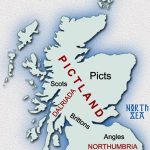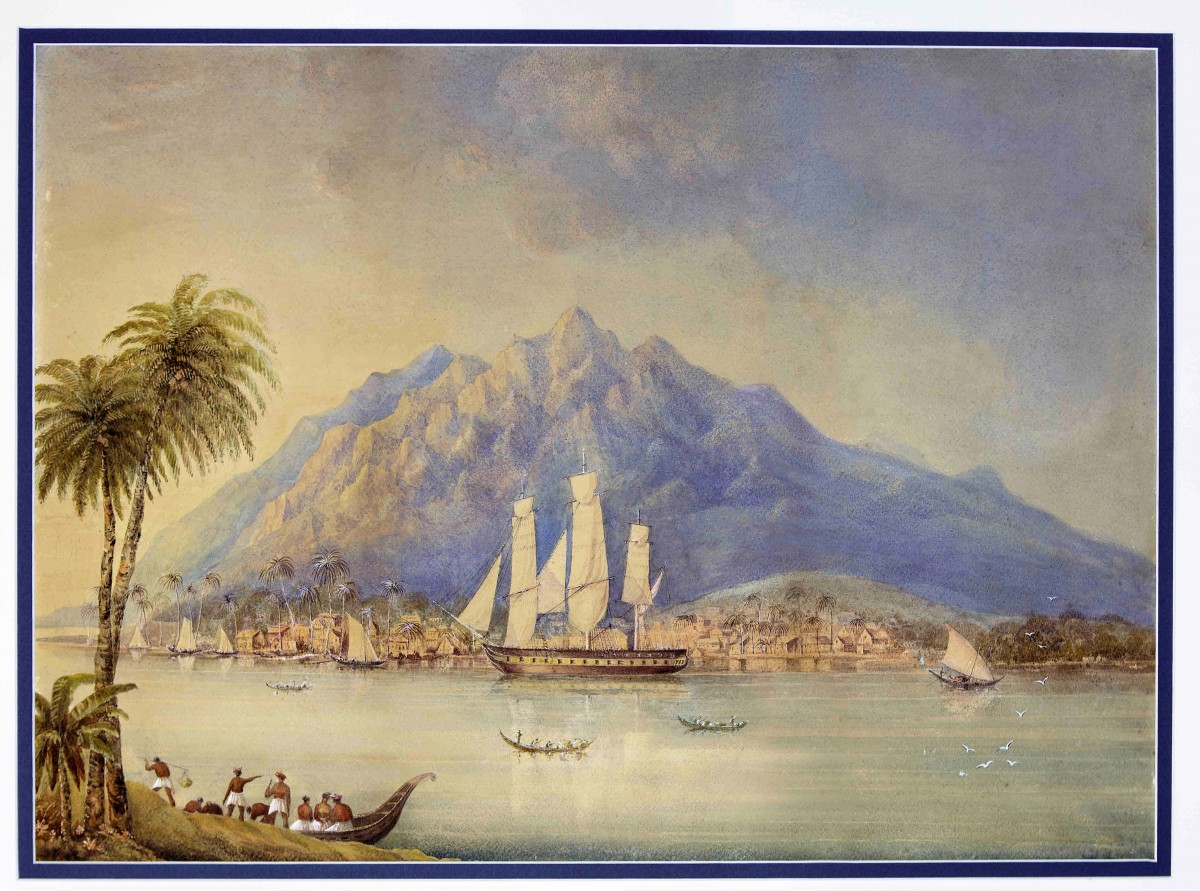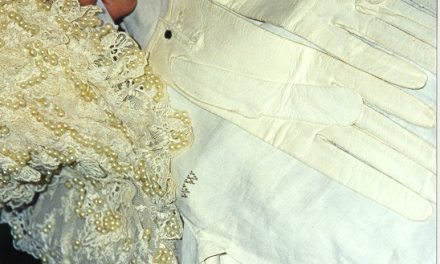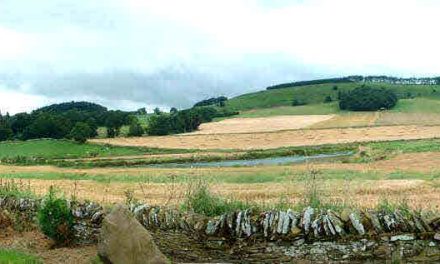Baptism, marriage and death records show that during the period 1770 to 1800 our Wilson family were identified as living at Laws or Drumsturdy. Sometime after 1782 they moved just a couple of hundred metres along the Drumsturdy Road to a location and home known as Templehall, across the road from the Newbigging Toll. It was at Templehall where Margaret and shortly after, their daughter Matilda died in 1784. John and his family remained here apparently for many years; in 1788 John remarried to Margaret Ferrier and they continued living here with the children of the first marriage. These locations are all highlighted on the 1788 Survey map segment below.

Ainslie Map 1788
Prepared at Government initiative by surveyor John Ainslie in 1788 it was the equivalent of today’s Ordnance Survey Maps, recording every geographic and topographical detail. The little black boxes are homes and farm buildings – our Wilsons lived in one or more of these at that time, along the Drumsturdiemuir (Drumsturdy Moor) strip of households on either side of the road (the Arbroath Pike of that time), those on the south side known as Laws Cottages, all of these homes we are advised were tenanted by farm workers, both at the very large Laws Farm as well as farms on the north side of the roadway.
John and Margaret Ferrier had two children, James b.1788, and Isobel b.1790 but both died in early childhood. We now know that both Margarets, as well as Matilda, James and Isobel, first marriage son George (d.1795) and John himself (d.1812) are all interred at Old Barry cemetery which adjoins Old Barry Church of which congregation William’s future bride, Margaret Williamson, was a member.
What was life like in and around the country and villages of old Angus (Forfarshire as the County was then called) when our forebears lived there. A series of so called ‘Statistical Accounts’ of each of the parishes, which were required to be written by the respective parish Ministers of the Church of Scotland, provide a good overview of the quality and modes of life – these accounts were by no means just ‘statistical’ in nature delving much more broadly into the local social scene. ‘Statistical Accounts’ written around the years 1790 and 1845 broadly span the era of our known forebears.
Local historian and enthusiast Colin, webmaster of The Monikie Website, has been a tower of energy, hard at work over several years transcribing these Accounts and other relevant local historical records into digitised format. Colin has presented these for us all to enjoy on the Monikie website which you will find linked below.
The wonderful writings of the late Rev. W Douglas Chisholm, M.A., former Minister for Newbigging & Monikie Parish in his outstanding social history work ‘The Monikie Story’, and further in his ‘Precious Stones’ and ‘The Hillock Church’ as well as other stories he wrote under the series ‘Journey Down through the Ages’ admirably capture the way it would have been for William and Margaret and their families as they grew up in these regions of Angus, and indeed for prior Wilson generations too.
Colin has also recently digitised Rev. Chisholm’s various works, and these are generally available for our enjoyment via the Monikie website and via links Colin has placed on it. They include a further contribution by Rev. Chisholm who co-wrote the Third Statistical Account for Monikie which also appears on the Monikie Website. Many members of our Wilson clan in Australia purchased a copy of the print version of ‘The Monikie Story’ when Colin had it reproduced a few years back. A CD version is now available from his website.
So, for those of us interested to know about how life was for William and Margaret and their families living in Angus of old – Colin’s Monikie website is rich with fascinating stories. Links to the Monikie and other relevant sites are listed below – click on the headings.
Around the region where our forebears lived there are many sites of ancient significance – several decayed castle ruins from Saxon and Norman eras, Roman era sites (nearby Kirkbuddo), relics of the era of Viking hostility (the Camus Cross, a burial site of a Viking chief slain in battle around 1000 AD), Souterains built in Celtic BC eras (these were semi underground structures where people and their animals were able to shelter during the bitter winter periods), the Celtic period Fort located at the high point on Laws Farm. Revd. Chisholm penned an interesting little story (Journey Down the Ages) reminiscing on the Roman/Celtic era which is attached here. Journey down the Ages
Monikie Website Monikie Records Statistical Accounts Monikie Village 0rigins Angus Archives
- Scotland Map 1250 -with Dundee and Hadrian’s Wall
- Ethnic Locations

